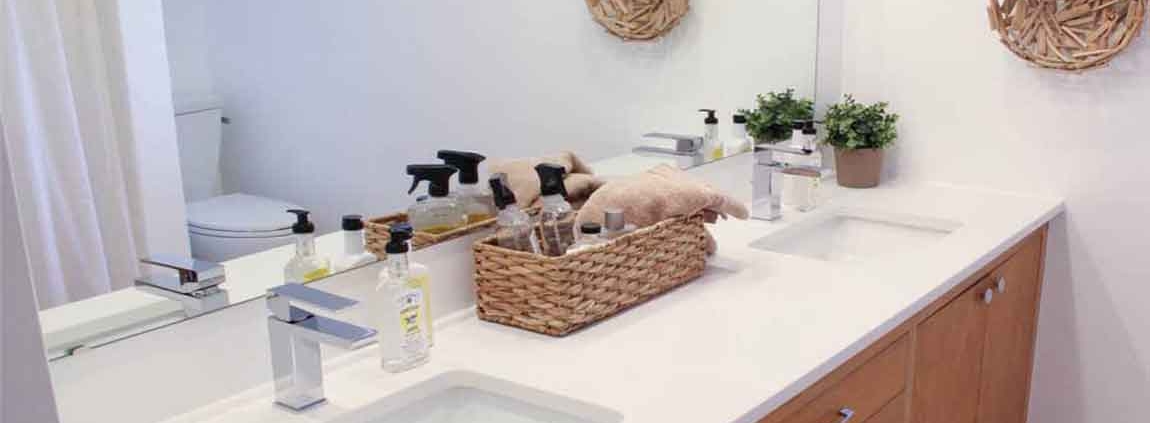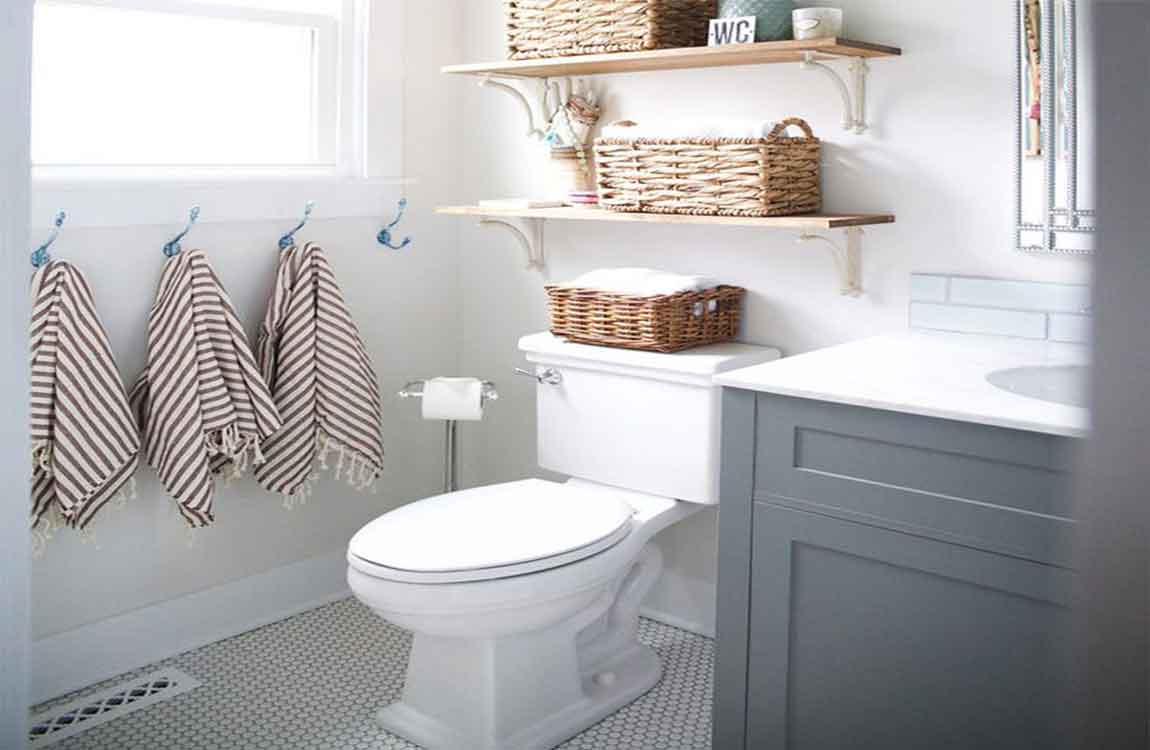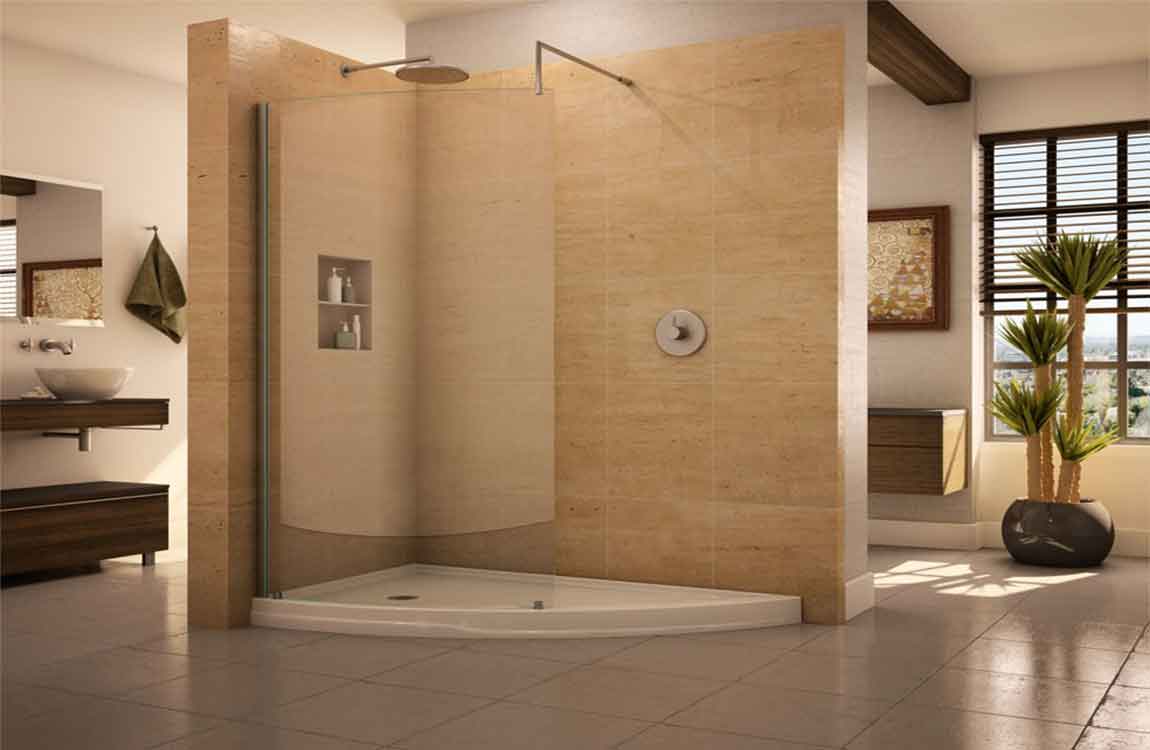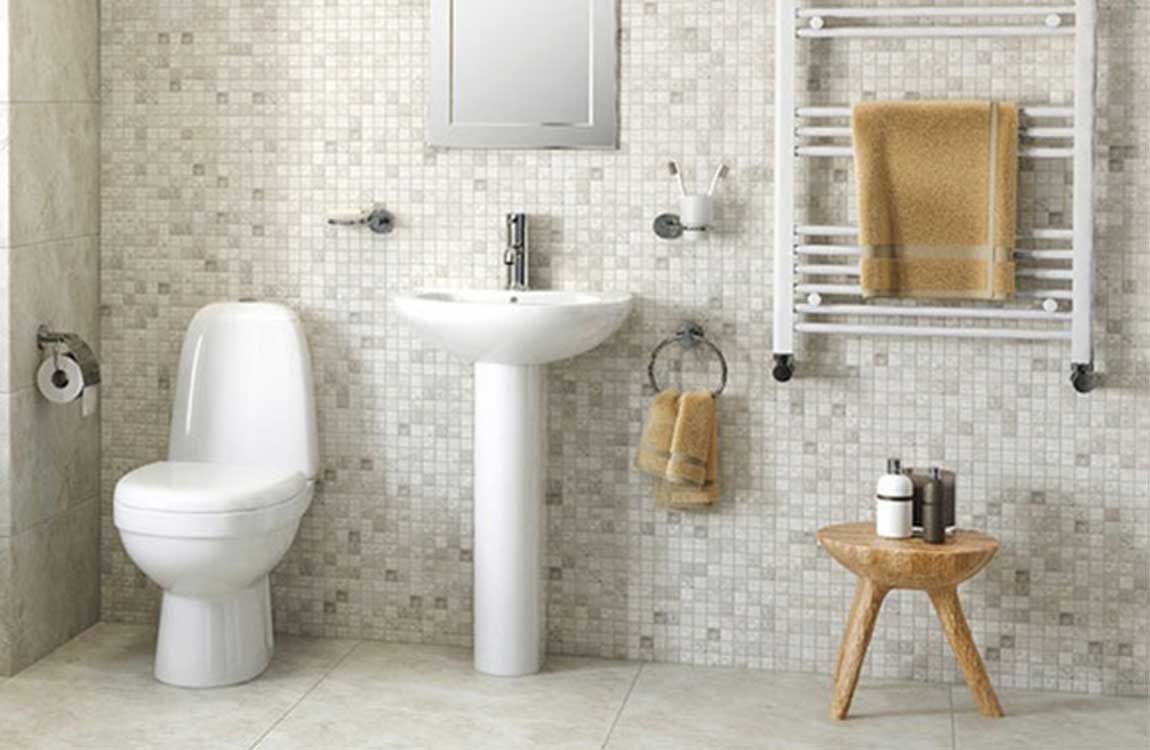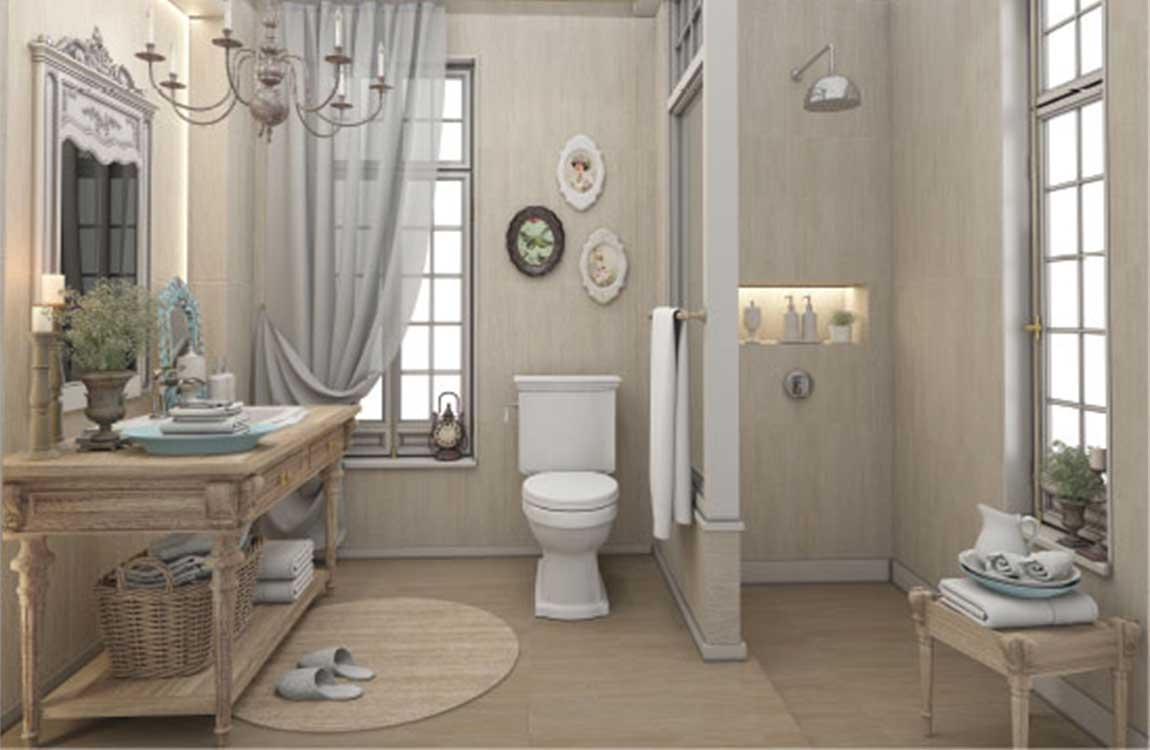How to Clean a Marble Shower?
A marble shower is an elegant and chic addition to anyone’s bathroom. Unfortunately, there are also drawbacks with marble, especially when you have to clean it. Marble is a porous rock that tends to absorb chemicals and dyes that are found in traditional cleaners. For this reason, many different things can end up ruining your shower’s sleek finish.
Luckily, if you use the right techniques and limit the chemicals you use when you clean, you can have a shiny marble shower that’s free of stains and dirt. Wipe down your shower after each use. It’s important that you wipe it clean after every use because the chemicals found in your soap may hurt the marble. Use a dry cotton rag or dishcloth to wipe the moisture from the walls and basin of your shower after you use it.
Get your shower walls completely dry. If you just dry your shower walls every day after you use it with a squeegee or a couple of microfiber towels, you will almost completely eliminate the need to have to clean your shower. It’s that leftover water that creates soap scum. If you’re not doing that, you’ll need to clean your shower about once a week to keep mildew and mold away.
Fill a spray bottle with warm water a tbsp (14.7 ml) of mild dish soap. Use regular warm water to fill a spray bottle and add a tbsp (14.7 ml) of non-abrasive, pH-neutral, dish soap into the bottle. Select an undyed dish soap that does not contain any abrasives like sand or stone, and that doesn’t contain any acids like citrus, lemon, or vinegar.
Black Diamond,Simple Green和Zep Marble Cleaner. It will say pH-neutral on the label of your dish soap. Conventional cleaners may contain acids that can damage the surface of your shower. There are specially made marble cleaners that you can purchase at department stores or online. Popular commercial marble sprays include Black Diamond, Simple Green, and Zep Marble Cleaner.

